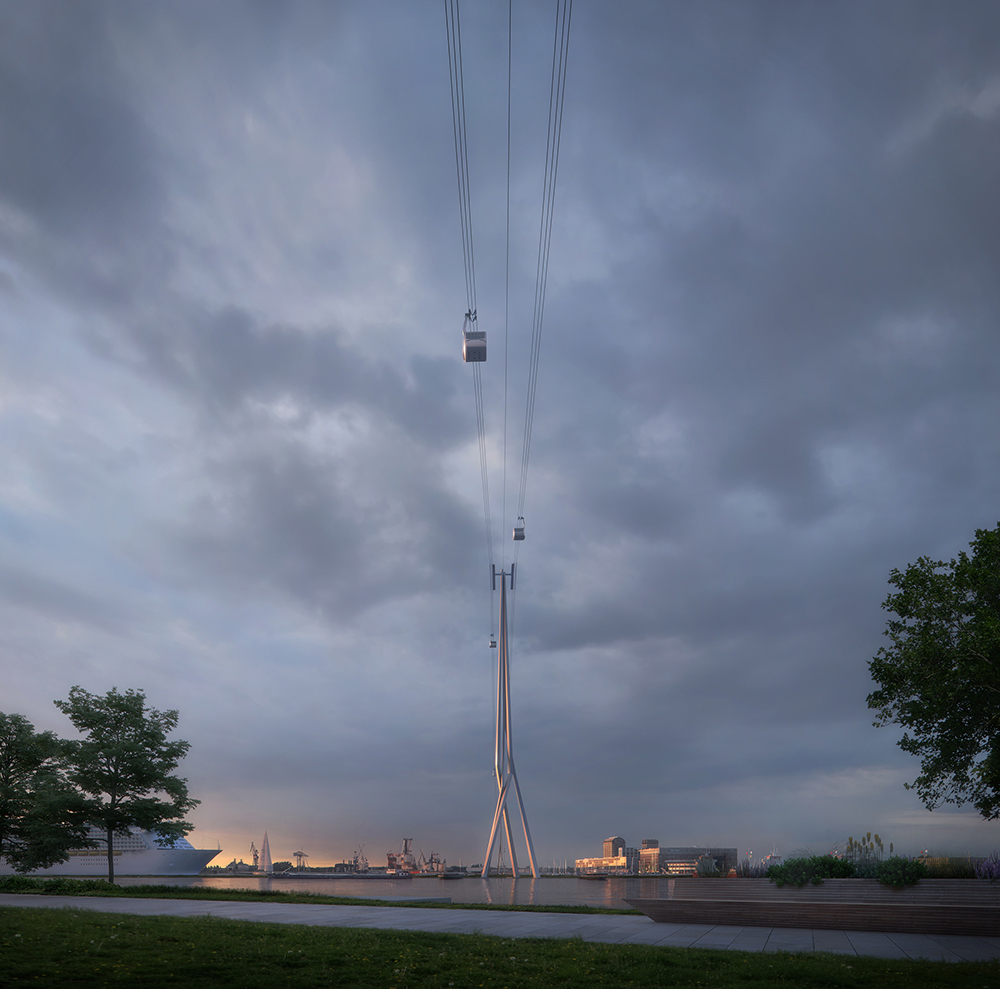
As ski, snowboard, and ski resort enthusiast we are used to boarding cable cars to get high, gain elevation, in the slopes. But this means of transport’s potential goes much further than just the mountain. In fact, the first-ever cross border cable car project is scheduled to start building in 2020, and it will connect the cities of Blagoveshchensk, Russia, and Heihe, in China.
The system comprises 2 lines and 4 cabins, each with a capacity of 60 passengers, with extra space for luggage. The whole journey will take seven and a half minutes, but the actual travel time will be 3 and a half minutes. Cars will depart with a frequency of 15 minutes.
But this project is not only about the ease of transportation of a cable car, but it also considers a whole cultural history and relationship between the two cities.
The Amur River, river which will be crossed by the cable car, defines the natural boundary between Russia and China. During winter the river freezes, acting as a meeting point and supporting trade, commerce, social connection and a growing relationship between the two cities since the 19th century.
The whole Journey has been designed in a way that, as the architects have said, “is an expression of cultural identity and a podium for the intermingling of cultures”.

The winner design has been submitted by Dutch architects UNStudio.
According to Ben van Berkel, founder, and principal architect at UNStudio, cable car systems provide a new form of public transport that is sustainable, extremely fast, reliable and efficient. “Although primarily a pragmatic solution, cable cars are also a very congenial way to travel as they enable us to see and experience our cities in a whole new way”, van Berkel said.
The company, UNStudio, has designed other cable car projects for cities which are equally impressive. One of them in Amsterdam, The Netherlands, and another one in Gothenburg, Sweden.

The longest cable car in the world is the Tianmen Shan cable car in China, which covers roughly 7,5 kilometers. While these are not very long they could still act as a sustainable and efficient way to reduce traffic in cities.
Related: World’s Highest Roof-Top Cable Car Opens in Tignes, France